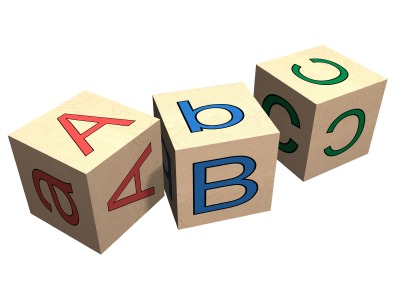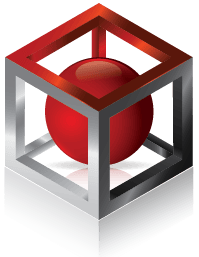Is it a core or a cavity?
A mold term mnemonic.
PLASTIC PART DESIGN
9/18/20232 min read


If you are like me (I’m sorry), you get confused talking to molders and mold makers when they throw around these terms: A-side, B-side, core, cavity, stationary plate, moving plate, gate half, and ejection half. You may already know those eight terms refer to only two things. I am embarrassed to admit how long it took me to figure out what the other person was talking about so I didn’t get completely lost, so I won't. Somewhere along the way, I invented a little trick that helps me quickly translate in my head what part of the mold is being referred to.
Before sharing the tip, a few details. In my experience, the two halves of an injection mold are most commonly called the core and the cavity but that might not hold for all people. However, for some more complex parts, it is not visually obvious what is the “cavity”. I suppose that might be why somewhere along the way they started calling the cavity side the A-side and the core side the B-side. The gate is on the cavity side and because it is fixed in place and connected with the resin in the barrel, it is stationary. Also useful to note is that most of the time, the part is ejected from the core side.
So, we have one half of the mold (or is it a tool) that can be called A-side, cavity side, gate side, or stationary side and, the other side is the B-side, core side, eject side, or moving side. I put all the terms together in a certain order so that you might notice what I noticed. All of the names of the parts for the A-side have something in common. They all have the letter “A” in them. Well isn’t that handy. That might have been intentional but I would guess it was not. No matter, I found a way to quickly understand what someone was saying to me and a way to pick the right word when asking a question. I hope you have found this helpful.
If you have knowledge or theories of the origin of A-side and B-side, please share for the curious (like me).

